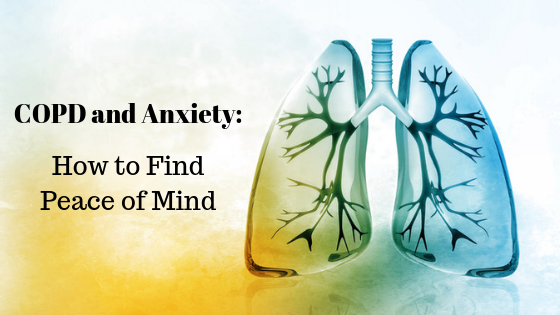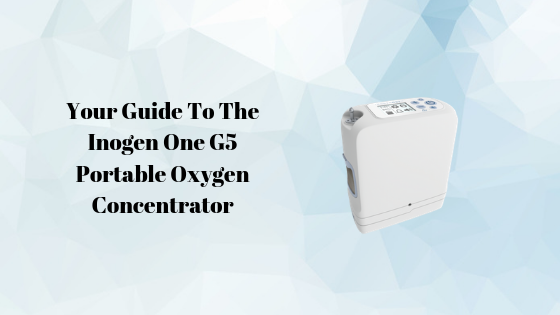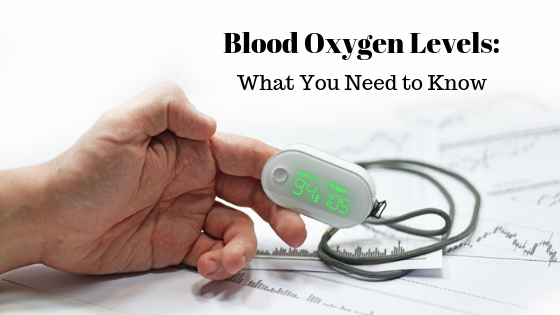Respiratory Resource Center - LPT Medical
COPD and Anxiety: How to Find Peace of Mind
Chronic obstructive pulmonary disease (COPD) is a lung...
Read MoreYour Guide To The Inogen One G5 Portable Oxygen Concentrator
The Inogen One G5 Oxygen Concentrator is the latest...
Read MoreBlood Oxygen Levels: What You Need To Know
Without oxygen, human life would not exist. Much like...
Read More


